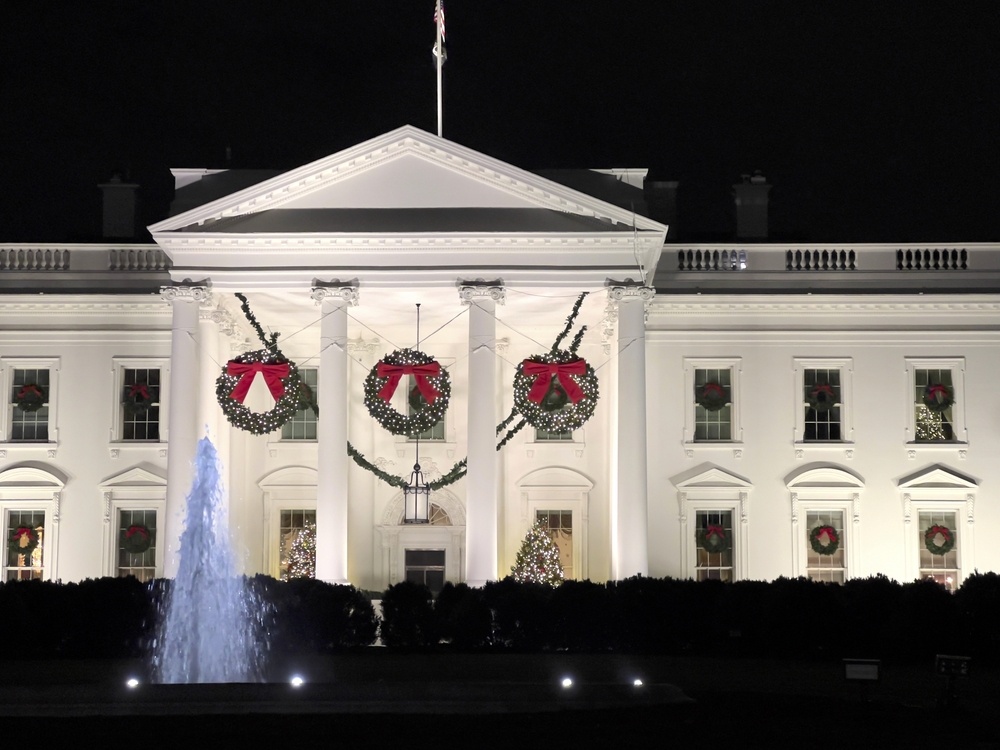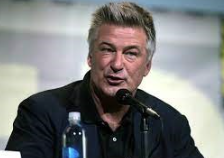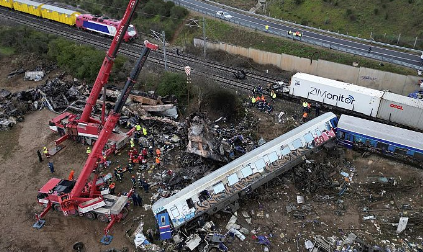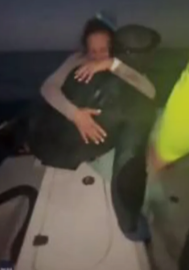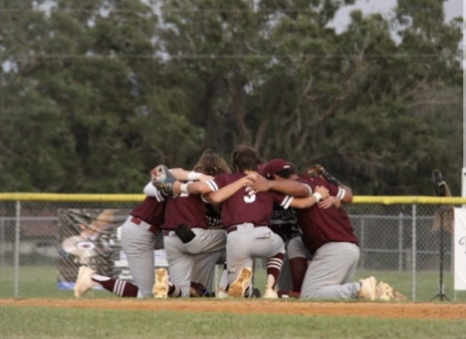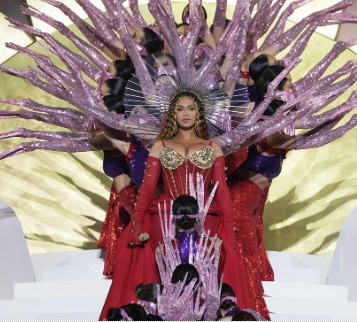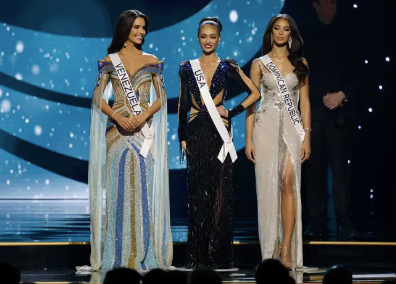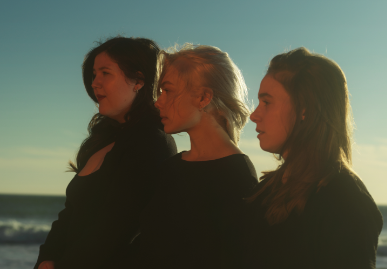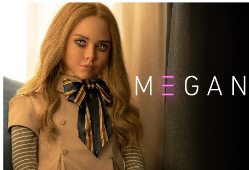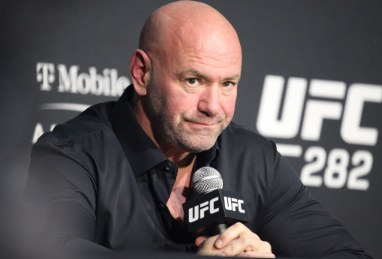Casey Anthony: One of the Most Controversial Cases of the Century
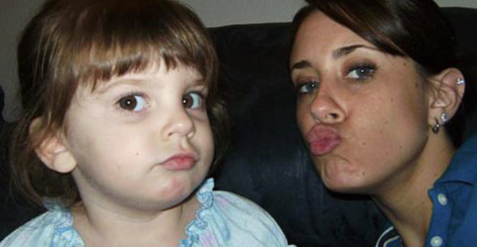
December 20, 2022
Many know who the “famous” Casey Anthony is, and not for a good reason. Casey Anthony was born in Warren, Ohio on March 19, 1986. She is the woman who was most known to be involved in the controversy in 2008 when she was accused of killing her two-year old-daughter, Caylee Anthony.
The story first broke light on July 15, 2008. Caylee, Casey’s daughter, had been missing for over 30 days by this point. Casey’s mother reported her missing. Casey at this time said Caylee had been with a babysitter named Zenaida Gonzalez, which was soon proved to be a lie of many others.
After Caylee had been reported missing, months later her remains were found just blocks away from Casey’s house. This lead the in-depth investigation on Casey Anthony’s truth and involvement in her daughter’s death. On October 14, 2008, she was charged with first-degree murder.
Casey stated, “The last day I saw my daughter I wasn’t feeling well, and I had her lay in bed with me. That was the last time she saw Caylee.
This case over only a few months had gained major publicity and press due to its’ controversial standing. The public didn’t know who to believe, and the family seemed to be hiding secrets on secrets. The relationship between Casey and her parents was open to the public, and not in a positive way.
The trial of Casey Anthony lasted a grueling six weeks. The trial was held in Clearwater, Florida. Casey Anothony’s trial started May 23rd. Many witnesses testified. One testifier offered a key factor of information. Casey’s father, George, described how gas cans were missing from his shed, he confronted his daughter about this. She got the cans from the back of her car and returned them to her father. But the cans had tape on them because her father had put them on there. The tape was missing then from the cans when Casey had returned them. This tape was a rare type of tape that was found alongside Caylee’s remains.
There were many witnesses and arguments provided by both the defense and the prosecution but ultimately Casey Anthony was found not guilty on all major charges. She was found guilty of the four counts of giving False Information to Law Enforcement and fined $1,000 for each of four counts.
Although the jury found her not guilty, she received major backlash from the public. All evidence provided in court was pointed toward her, especially the fact she hadn’t reported her daughter missing for 31 days! The public believes that she was 100 percent responsible for her daughter’s death. Casey had made up several lies to cover up the fact she was a neglectful parent and even her parents had testified against her. This case is still relevant to this day.
Almost nine years later a documentary of her case was released on Peacock called Casey Anthony: Where the Truth Lies. In it Casey states, “During the 31 days, I genuinely believed that Caylee was still alive,” she told cameras during the first episode. She also delves into her family relationship. Casey claims she had been abused by her father from a young age, and that during the trial Casey’s father told her what to do the whole time and was involved in Caylee’s murder.
Detective John Allen (a detective working on Casey’s case) weighed in on the allegations of the third episode that George had molested Casey.
“I don’t think that’s true. I think there were a lot of things said that were made up for whatever reason,” Allen said.
Patrick McKenna, a detective working on the case on Casey’s defense stated on was of the episodes that, “I don’t have enough information, because I can’t connect that girl killing that baby. But there’s something really f–ked-up about this family.
Casey’s reasons for being involved in this documentary almost 10 years later after the trial was to clear her name and make things clear to the public, but it just led to more confusion. Individuals working on the case, and the public can’t untangle the web of lies told by Casey Anthony.
Casey Anthony has been a free woman and claimed, “I want to help other wrongfully accused people, especially women, and help them get justice.”
